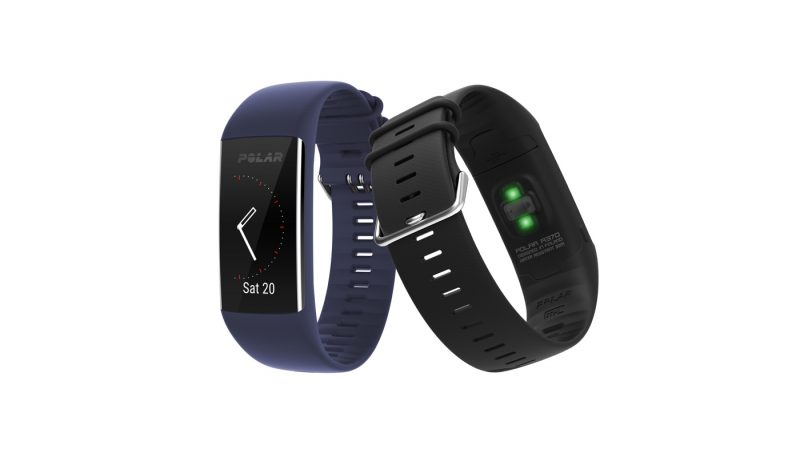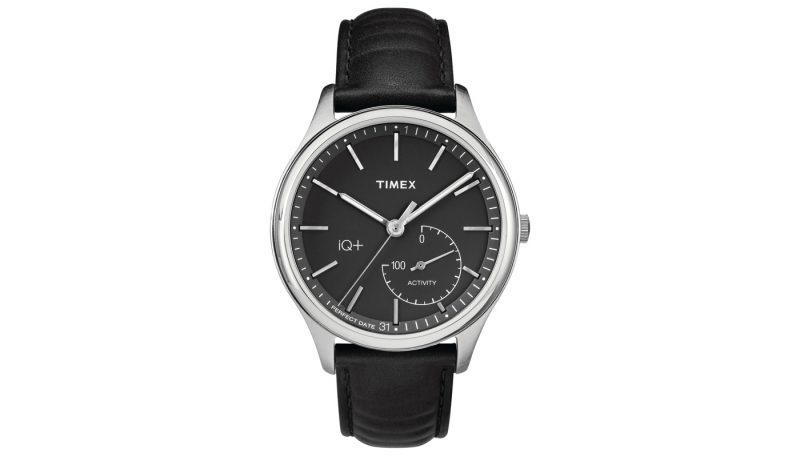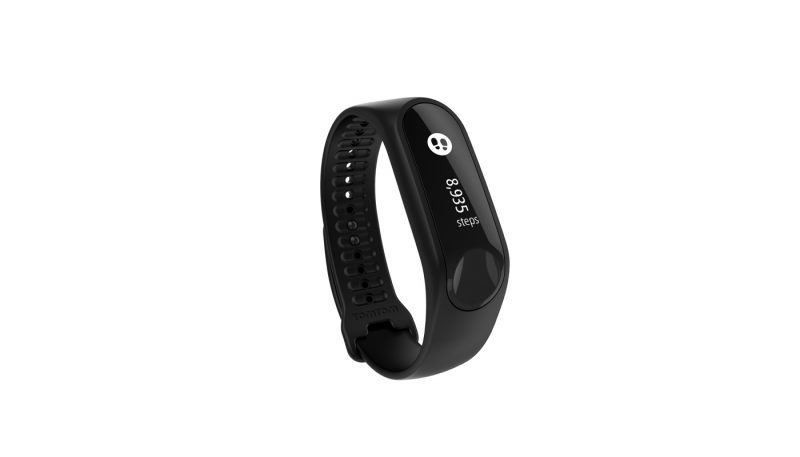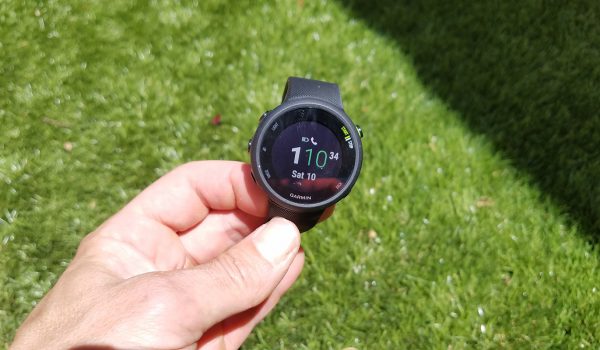All the trackers in this test offer insight into the number of steps the wearer has taken and the perceived amount of calories he or she has burned in a workout or throughout the day. Three of the four fitness trackers tested here have a heart rate monitoring feature, making data more deliberate, and one tracker in the test allows the wearer to turn on a GPS functionality with a connection to a phone. All the watches require pairing with a phone app, and each of them have issues with accuracy.
For future assessments we hope accuracy for steps and heart rate stats becomes more of a priority for every fitness tracker manufacturer. Wearing the devices does provide baseline insight into fitness and wellness, but may give consumers inaccurate information about their overall activity totals and training levels.
Once a wearer chooses a fitness tracker and decides to stick with it, however, the stats he or she gets will be relatively useful since they will be working with a consistent device – so those 10,000 steps you’re trying to get every day by running or walking will take the same amount of effort. Switch between devices, though, and you won’t be able to compare your data very consistently.
On Wrist Use
We found the Polar A370 fitness tracker to be the best combination of function and style. It is easy to use with a vibrant, full-color screen, and offers all-day heart rate tracking available to view on the watch. For a less sporty style, the classic look of the Timex IQ+ Move is paired with smart features, and everything on the face is easy to read. Both the Garmin Vívosmart 3 and the TomTom Touch Cardio are more lightweight and subtle on the wrist, but the screens on these trackers are not nearly as easy to read or navigate as the Polar A370.
Software Support
The Polar A370 fitness tracker’s associated Polar Flow app was the most intuitive and clear for interpreting data. Like the Polar fitness tracker itself, the app is designed with simplicity of use in mind and offered full details on a full scope of wellness. While we experienced all the fitness tracker apps offering information to the wearer, we found the TomTom Sports app had too many pages to sort through, and the Timex IQ+ Move was initially challenging for us to sync to a phone.
Battery Life
The Timex IQ+ Move watch had the best battery life of all the fitness trackers in the test, as it’s a timepiece and a fitness tracker that does not have to be charged. The watch uses a standard coin cell watch battery, so after a year or so the wearer will need to replace that, but won’t need to worry about plugging it in on a daily basis. The other fitness trackers in the test are rechargeable and last from two to five days in full use, and then need to be charged using a USB cable.
Features
The Garmin Vívosmart 3 offered the most features of the non-GPS fitness trackers. The watch tracks heart rate, steps, stress, sleep duration and even repetitions during weight lifting. The watch has a stress tracking feature that offers a guided breathing process to help drop stress levels. We found that all the features are nice for thorough fitness and wellness tracking, but are also a bit much to navigate through on such a small screen, so the Garmin Connect app is where data can really be observed and understood. Polar’s Sleep Plus intelligence system is a notable feature on the Polar A370, and on the Timex IQ+ Connected app features are limited to setting alarms and timers. We found that the phone notification feature on the TomTom Touch Cardio wasn’t always reliable, as not every notification from the phone would come through.
Accuracy
The test found that not one of the trackers was completely accurate all the time. In comparison to the other fitness trackers worn by our team, the TomTom Touch Cardio is on par with accuracy. We counted 500 steps and the TomTom Touch Cardio tracked 505. For heart rate, we counted a resting heart rate after recovering from a morning workout to find that 67 beats per minute counted was tracked by the TomTom Touch Cardio at 65 beats per minute. The Polar A370 and Garmin Vívosmart 3 were each not totally accurate at all times in counting steps or picking up exact heart rate, but both indicated moderately reliable numbers for basic reference. The Timex IQ+ Move was inaccurate when counting steps, registering a number of 360 when we counted 500.
Test Methods
On Wrist Use
We assess screen visibility and vibrancy, as well as weight, feel, and fitnesss options for the tracker. Results were compiled after wearing and navigating through features on the watch a number of times during activity and while at rest.
Software Support
This category compiles information about the online interface associated with the fitness tracker. We note ease of connection as use of the software, as well as the process of downloading data, and how easy it is to interpret the information presented by the app or website.
Battery Life
Most fitness trackers have an expected battery life, so we note how long the watch takes to fully charge and how long before it requires another charge or a new battery.
Features
Even without a GPS function on these watches, there are many notable features on each fitness tracker that we can use to see what is the most accurate and provides the most useful information to the wearer.
Accuracy
Most fitness trackers indicate the wearers steps and heart rate, so we can note the accuracy of each device by manually counting one minute of heart beats, then compare it to the heart rate reading on the tracker. Similarly, we can also count 500 steps of walking and compare the steps number counted by every tracker as well.
How We Tested
We individually tested four non-GPS fitness tracker watches for three months. Time spent wearing each watch included all types of fitness activities, such as running, yoga, weight training, and cycling. We also tested functions through everyday wear and sleep tracking.










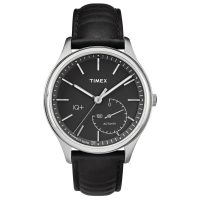
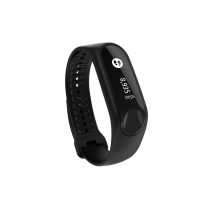
 88
88 